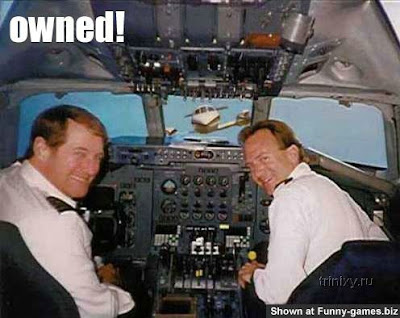From an economic and performance point of view. Although, rather cool and badass to fly them, retractable singles are obsolete. Meaning, they cost way more to operate without a significant advantage than fixed gear singles.
I have flown cessna the 182, 172, seminole, baron, and currently a cirrus sr22t. By far the most efficient and safer travelling machine imo is the cirrus. It goes faster, has way better gas milage than any of the above mentioned planes. There's no free lunch in anything. You still need to learn, be proficient operating and trouble shooting all that "2.0 technology", and have good arimanship skills to get out of situations. flicking an extra lever on final is pretty cool, but has no particular advantage or merit.


